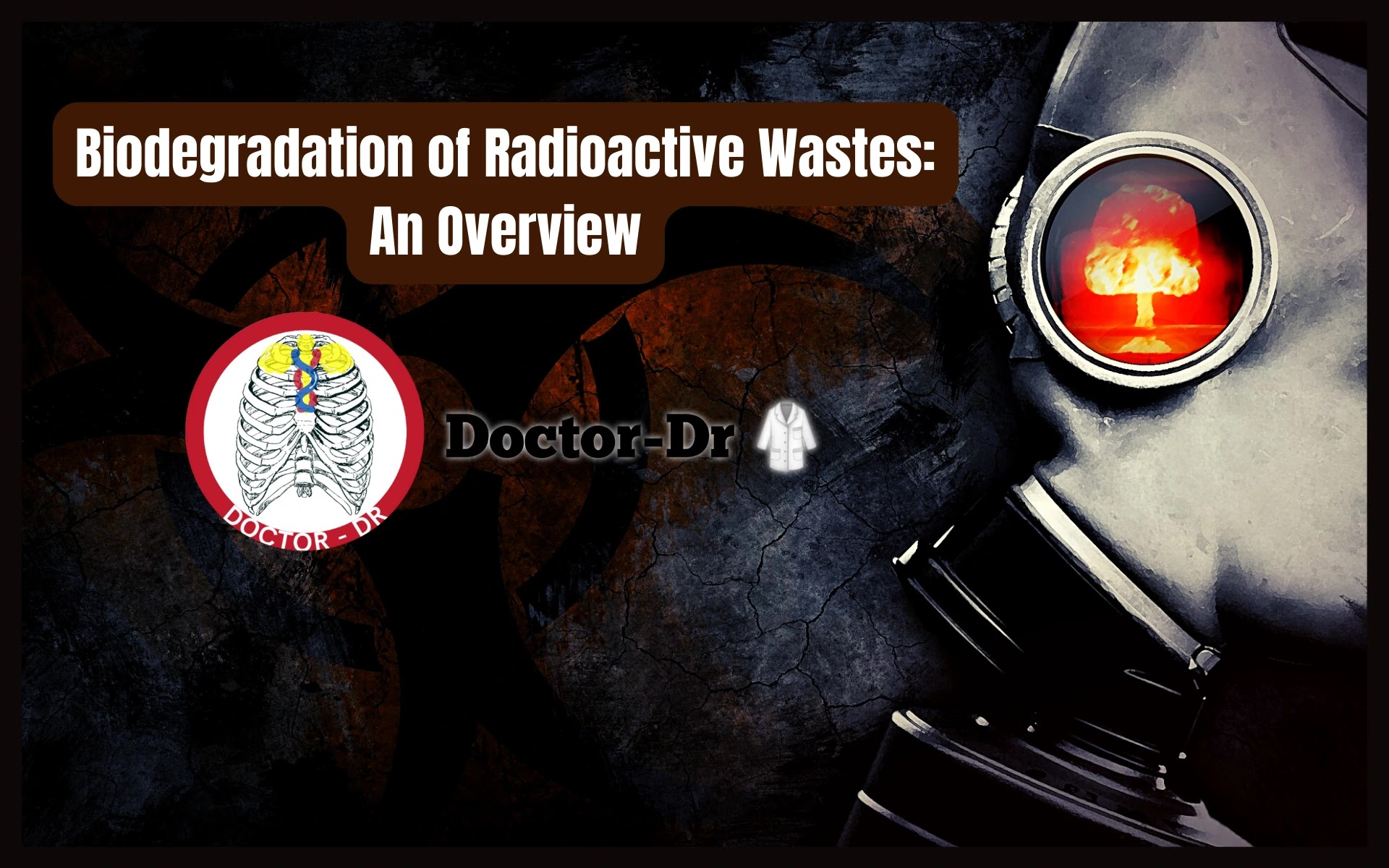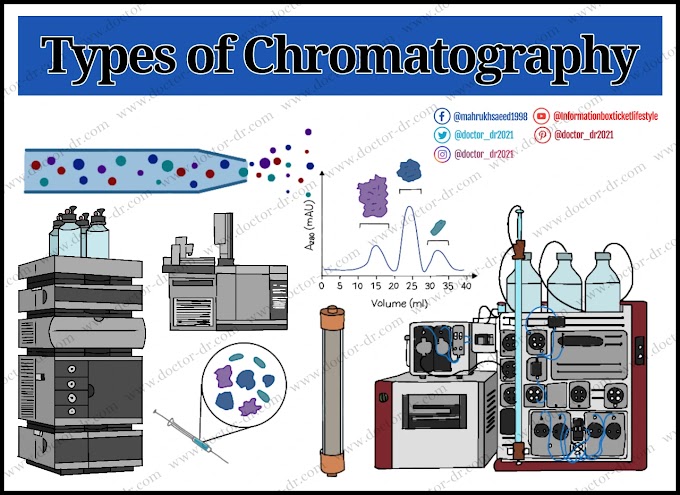Radioactive wastes are generated by various industries such as nuclear power generation, military activities, and medical facilities. These wastes contain radioactive materials that can pose a significant environmental and health risk if not properly managed. One of the methods to manage these wastes is biodegradation, a process that uses microorganisms to degrade the radioactive materials into non-toxic forms. In this blog post, we will discuss the biodegradation of radioactive wastes, its benefits, and challenges.
Biodegradation of radioactive wastes
The biodegradation of radioactive wastes involves the use of microorganisms to convert the radioactive materials into non-toxic forms. This process is called microbial bioremediation, which is the use of microorganisms to clean up contaminated environments. The microorganisms used for bioremediation are typically bacteria, fungi, and algae that have the ability to metabolize and break down the radioactive materials.
One of the examples of biodegradation of radioactive wastes is the degradation of uranium. Uranium is a radioactive metal that is commonly found in nuclear waste. The biodegradation of uranium is performed by bacteria that can oxidize the uranium from its reduced state to its oxidized state. The oxidized uranium is less soluble and less toxic, making it less likely to contaminate the environment.
Another example of biodegradation of radioactive wastes is the degradation of plutonium. Plutonium is a highly toxic radioactive metal that is commonly found in nuclear waste. The biodegradation of plutonium is performed by bacteria that can reduce the plutonium from its highly toxic form to a less toxic form. This process is called microbial reduction, and it can significantly reduce the toxicity and mobility of the plutonium.
Benefits of biodegradation of radioactive wastes
The biodegradation of radioactive wastes has several benefits compared to other methods of waste management. First, it is a natural and environmentally friendly method that does not require the use of chemicals or other artificial means. Second, it is a cost-effective method that can significantly reduce the cost of waste management. Third, it can reduce the risk of long-term contamination of the environment and the potential health risks associated with the radioactive materials.
Challenges of biodegradation of radioactive wastes
Despite the benefits of biodegradation of radioactive wastes, there are also several challenges associated with this method. First, the biodegradation process is slow and can take years to complete, which may not be suitable for large-scale waste management. Second, the effectiveness of biodegradation depends on several factors, such as the type of microorganisms, the concentration of radioactive materials, and the environmental conditions. Third, the biodegradation process can produce toxic byproducts that may pose a risk to the environment and human health.
Conclusion
In conclusion, the biodegradation of radioactive wastes is a natural and cost-effective method that can significantly reduce the risk of environmental and health hazards associated with radioactive materials. Although there are challenges associated with this method, ongoing research and development can help to overcome these challenges and make biodegradation a viable option for radioactive waste management. With the increasing demand for sustainable waste management practices, biodegradation has the potential to become an essential tool in the fight against radioactive waste pollution.



~1.webp)

.webp)


